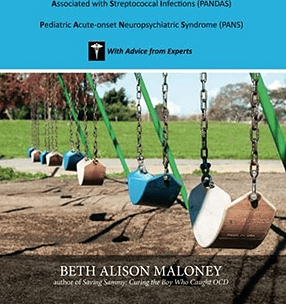
What is PANDAS? How Is It Different from Autism? Interview with S. Swedo
“PANDAS turned out to be the cause of new obsessive-compulsive symptoms in our son, who also has autism. But the lack of information and awareness left his symptoms untreated for nearly 3 years....






